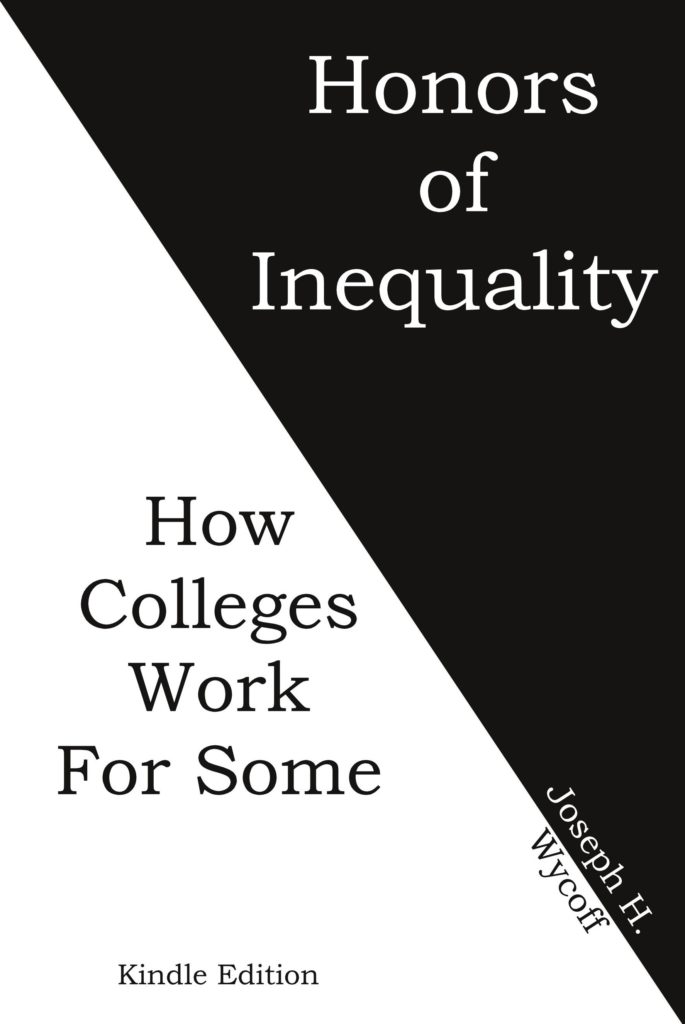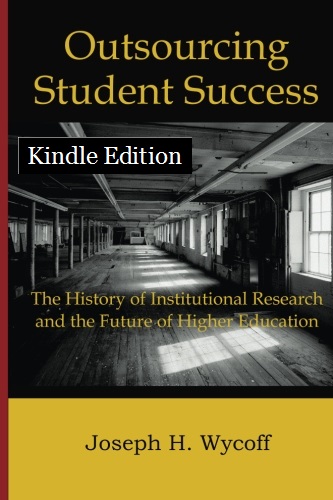| International |
Max Weber Invented the Crisis of the Humanities [subscription may be required] | In “The Scholar’s Work,” typically known as “Science as Vocation” (first published in 1919), Weber argues that to responsibly lead a life of the mind in the academy, a person had to recognize that universities shouldn’t provide more than a limited moral instruction. Nor should they impart ready-made worldviews. The purpose of universities is to advance scholarship and to educate students by pursuing knowledge in an open-ended way. Institutions of higher learning would be “going beyond the boundaries of scholarship if they were to provide not only knowledge and understanding but also beliefs and ‘ideals.’” Scholars had to exercise self-restraint. Acting otherwise would violate professional ethics and undermine the legitimacy of academic freedom, and also close off precisely the space students needed to develop the highest intellectual and moral capacities and commitments. [Note: I am certain Weber’s argument is quite appealing to the many conservative faculty members in American colleges and universities. I review a related concept of academic freedom in Chapter 5 of Honors of Inequality.]
The role of communication in a post-truth world | Higher education institutions are facing a fierce campaign across the world that questions their value and significance. In Brazil, for instance, accusations against universities vary from ridiculous claims that they are ‘nests of Communists’ and ‘lawless places’ (where drugged, drunk, naked people party continuously) to more sophisticated assertions concerning their autonomy, management and activities. This is not the first time that universities have been in such an uncomfortable position. Among the oldest institutions in society, they have actually resisted several attacks over the last millennium. However, the advent and increasing importance of social media, combined with the consolidation of the so-called ‘post-truth era’, have added a new element to the current wave of criticism, raising its potential impact to unprecedented levels. [Note: I also imagine that Weber’s Wertfreiheit, or “value freedom,” (see the article above) would be very appealing to scholars who want to acquiesce to ultraconservative political blocs around the world. It is what happened in the United States during the 1960s and 1970s, as I argue in Honors of Inequality.]
Continuous assessment ‘may be more stressful’ for students | A paper published by Jisc, UK higher education’s main technology body, says digital tools offer “a host of opportunities for students to capture and reflect on evidence of their learning, to use and share formative feedback and to record progress”, adding that it “may be more effective to assess learners continually throughout their course instead of through a final exam”. The Future of Assessment predicts that learning analytics systems – which track student performance and engagement with educational materials – “might make some ‘stop and test’ assessment points redundant”, and claims that annual assessment cycles “might be replaced by assessment on demand, whereby students can evidence their learning when they feel ready”.
| U.S. National |
Are the Humanities Really in Crisis? [subscription required] | Neal Lester thinks that’s a cliché. The real question is, How do we communicate the value of the humanities without getting bogged down by defining it?
6 Ideas Whose Time Has Come | 1. Educating the whole student: This is the idea that colleges are responsible not simply for instilling skills or promoting cognitive development, but helping students develop along every dimension: socially, physically and ethically. Even students’ intellectual growth needs to be conceived more holistically. It should include their observational, listening and reading skills; their ability to think historically, sociologically and cross-culturally; and facility with scientific, statistical and computational thinking. It also involves critical thinking, analytic, evaluative, interpretive and metacognitive skills.
The Great Affordability Crisis Breaking America | In the 2010s, the national unemployment rate dropped from a high of 9.9 percent to its current rate of just 3.5 percent…But beyond the headline economic numbers, a multifarious and strangely invisible economic crisis metastasized: Let’s call it the Great Affordability Crisis. This crisis involved not just what families earned but the other half of the ledger, too—how they spent their earnings. In one of the best decades the American economy has ever recorded, families were bled dry by landlords, hospital administrators, university bursars, and child-care centers. For millions, a roaring economy felt precarious or downright terrible.
Growing Federal Subsidies for Graduate Loan Debt | Almost half of federal student loans are being repaid through more generous income-driven repayment plans, new data show, with 80 percent of government subsidies now going to graduate student borrowers.
Job Market Stabilizes for Historians | The number of advertised full-time faculty jobs in history declined slightly last year, after increasing slightly the year before. Yet the relative stability in job numbers in 2018-19 signals that the history job market is normalizing after years of steep declines prior to 2017-18. At the same time, fewer Ph.D.s in history are being awarded.
| U.S. States and Territories |
Viewpoint: Greater accountability in higher education is a must | Indiana is home to some of the finest higher education institutions in the country, schools that truly keep the best interests of their students top of mind. But the data shows that, in Indiana, only 60% of our full-time, first-time students earn the degree they set out to pursue. And 40% of our schools are failing to graduate more than half of their full-time, first-time students. Some schools in our state have a completion rate as low as 5%.
Pennsylvania’s big higher education problem gets a spotlight | For Pennsylvania’s state-owned universities, fewer in-state high school graduates and stagnating state aid — the university system gets less direct state aid now than it did in the 2006-07 school year — have translated into dropping enrollments, rising tuition and cutbacks. In 2018, fall enrollment at the Pennsylvania State System of Higher Education fell below 100,000 for the first time since 2001, driven by steep declines of students from families whose annual incomes are below $110,000. Last fall, enrollment fell again, completing a drop of 20% since 2010.
Blair Horner: Time To Fix Funding Of Higher Education | Until Governor Cuomo, the maximum TAP award matched the cost of tuition at public colleges. When the governor first advanced his plan, that relationship was severed. Instead the maximum TAP award was frozen at $5,000 annually (it was bumped up a few years later to $5,165) while tuition costs annually went up. Tuition at the State University of New York today hovers around $7,000. Under the new system, the local college must make up the $2,000 difference per needy student out of their own local budget.
| Institutional |
Will Your College Close? [subscription required…BUY NOW! Or you won’t see it coming!] | Forty percent of institutions are destined to struggle. What to do? Here’s what works — and what doesn’t.
NYU’s Facade of Financial Support | NYU’s reluctance to help students in need of financial support is indicative of its continued culture of elitism among administrators and admissions officers. NYU is among the nation’s wealthiest universities, touting a $4.3 billion endowment. Sitting on this considerable wealth, it has been able to extend loans for its faculty to buy vacation homes, award its president with one of the highest salaries in the nation and further extend its global and local takeover through building yet another study away site and a $6 billion expansion plan to gentrify another 980,000 square feet of Greenwich Village. Despite this affluence, NYU has done little to help its low-income students.


